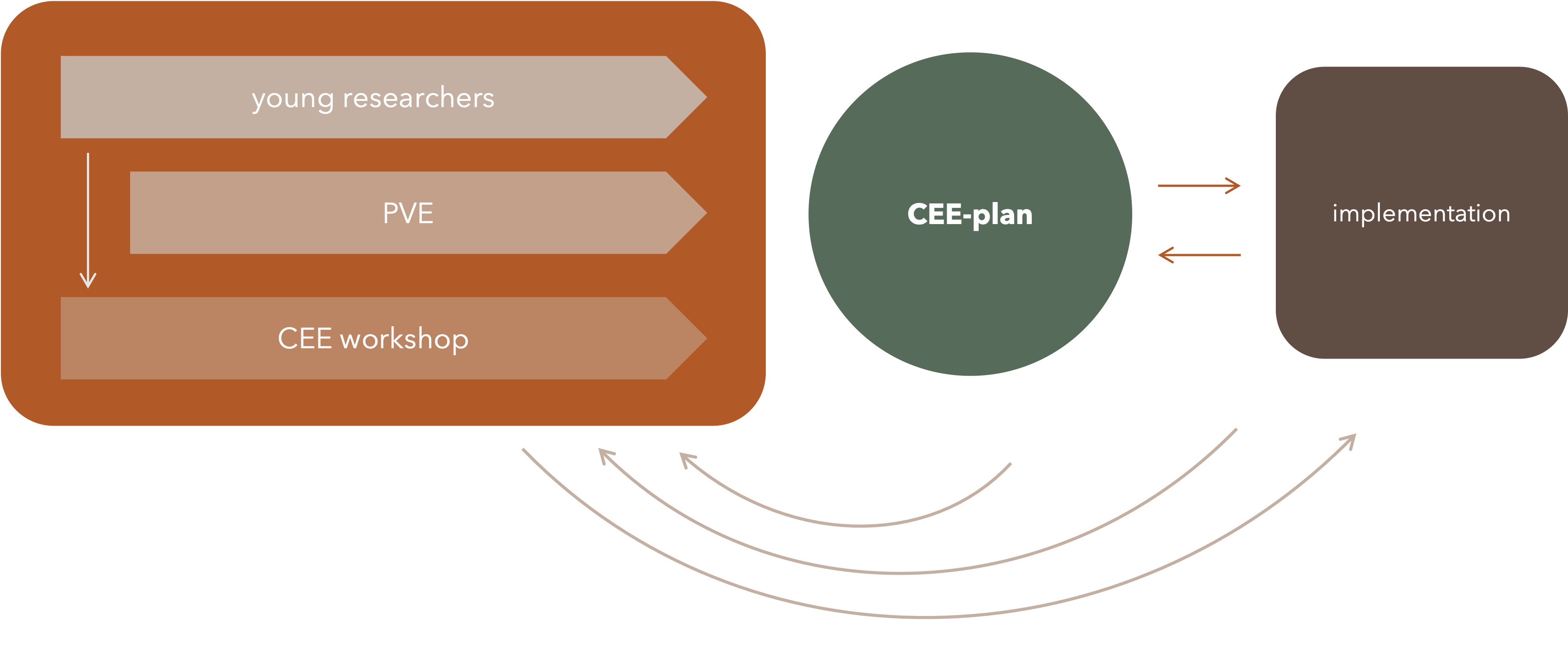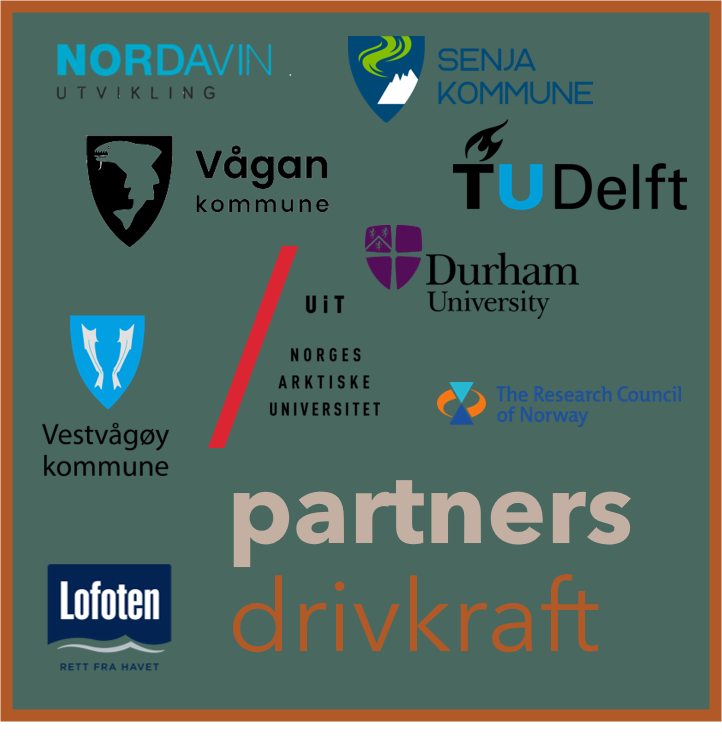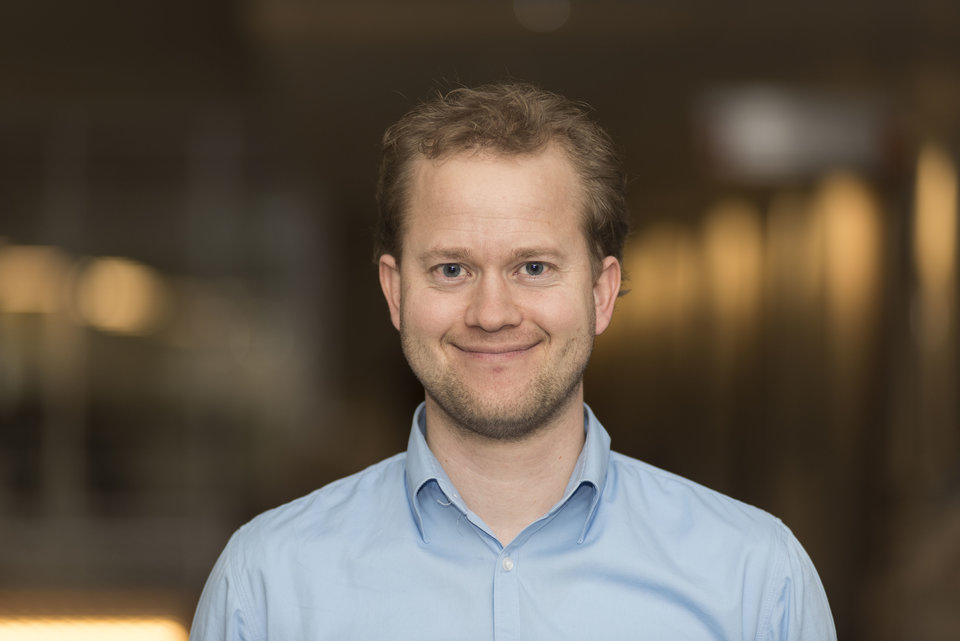Innovation with opposing interests
In Northern Norway, the interests of younger generations and business actors in climate, environmental and energy policies are strikingly contradictory. Rural municipalities face several challenges different from those of the urban area in transforming to a renewable energy society. The main objective of the project is to innovate a new generation of municipal climate, environmental and energy plans (CEE plans). DRIVKRAFT is based on two key innovative elements. First, new ways of involving and connecting young people and business actors in the planning process. And secondly, the way the process is led, both in planning and in the execution of the CEE plans. PVE was used three times to measure whether participation in a PVE influences citizens' own behavior and to see how preferences between (youth and business) participants can change over time.
Main and subgoals
The main aim of this case study is the following:
Innovate the new generation of climate, environmental and energy plans to become effective tools for the transition to sustainable society in district municipalities.
There are six sub-goals:
-
Use the impatience and knowledge of young people and business actors as drivers for innovative strategies and measures in the climate, environmental and energy plans, through arenas designed to solve specific challenges in the individual neighborhood municipality.
-
Strengthen the implementation of the climate, environmental and energy plans by maintaining a dynamic continuity in the co-creation arenas in both the planning and implementation phases.
-
Harness the overall creativity and competence of young people and businesses to create concrete, sustainable solutions.
-
Give the term "energy citizenship" a content that is fruitful in a neighborhood municipality context.
-
Check whether the provisions of the Spatial Planning Act offer sufficient flexibility as a framework for this type of co-creation and propose changes if necessary.
-
Use the experiences from the project to make recommendations to other municipalities, regional and national authorities and educational institutions.
The Drivkraft Model
The DRIVKRAFT model is designed to create new connections between young people, companies, secondary schools and municipalities to facilitate the design and implementation of climate, environmental and energy plans (CEE). The model consists of three main activities: the Youth Research Scheme, the Participative Value Evaluation (PVE) and the Climate, Environment and Energy Planning Workshop (CEE Workshop). These activities will take place in the three municipalities of Senja, Vestvågøy and Vågan, all of which are in the process of drawing up CEE plans. The Lofoten Council is responsible for the Lofoten 2030 - the green islands initiative, and will hire a climate consultant.

Research & Development
The development of municipal planning in Norway has been described as a shift from reconstruction planning to sustainable development planning. This shift has led to the need for more strategic planning that takes into account common visions while being flexible enough to respond to new ideas and new knowledge. Climate and energy policy are examples of areas where knowledge development is taking place at a rapid pace and where municipal planning must be able to keep up. The revision of the PBL in 2008 has contributed to a more strategic approach to municipal planning, but there is still room for improvement in terms of implementation. The term "energy citizens" is used to describe the role of citizens in the transition to more renewable energy. Innovation takes place in open systems, involving different actors as problem solvers and co-creators. The concept of co-creation is gaining ground in Norwegian municipalities, but there is still work to be done to open up political-administrative institutions more to this way of working.
Method
1. Conversation.
Three rounds of discussion are held: at the beginning, halfway and at the end. We map the situation perception and expectations at the start of the project, experiences along the way and knowledge and situation perception at the end through individual and group interviews. The informants are politicians, planners, youth researchers and business actors; as regards. 25 people per municipality per round of interviews, a total of approximately 300 interviews.
2. Participatory Value Evaluation.
PVE provides three types of data: 1) Knowledge of the values that young people and business emphasize when assessing specific challenges in CEE, interpreted based on the decisions participants end up with, 2) Knowledge of the breadth and creativity of the solutions , partly on the basis of the decisions, and 3) Knowledge of the value of participating in this form of co-creation, by means of a survey among all participants immediately after completion of PVE. We can distinguish between those who participated as youth researchers and in CEE workshops and those who did not, as well as in the last round whether they participated in one or two PVE trajectories.
3. Participatory observation.
The researchers will participate in all CEE workshops, as well as facilitators of on-the-go analysis, participants in the conversation and to make systematic collection of form and content in the workshops. This provides data that is valuable to provide an overview of which solutions are being launched and how they are discussed and appreciated in forums where young people, entrepreneurs, politicians, planners and researchers participate. UiT participation in other projects in Senja and Lofoten offers the opportunity to draw on the experiences of other researchers and local actors.
4. Document analysis.
A content and argumentation analysis of the CEE documents is performed. The knowledge base, municipal reports and memorandums on implementation, as well as revisions that take place during the project period, are also included. This provides knowledge about how values, goals, strategies and measures are maintained or changed during the project.
The research
The project is funded by the Research Council of Norway and will run from April 2021 to June 2025.



